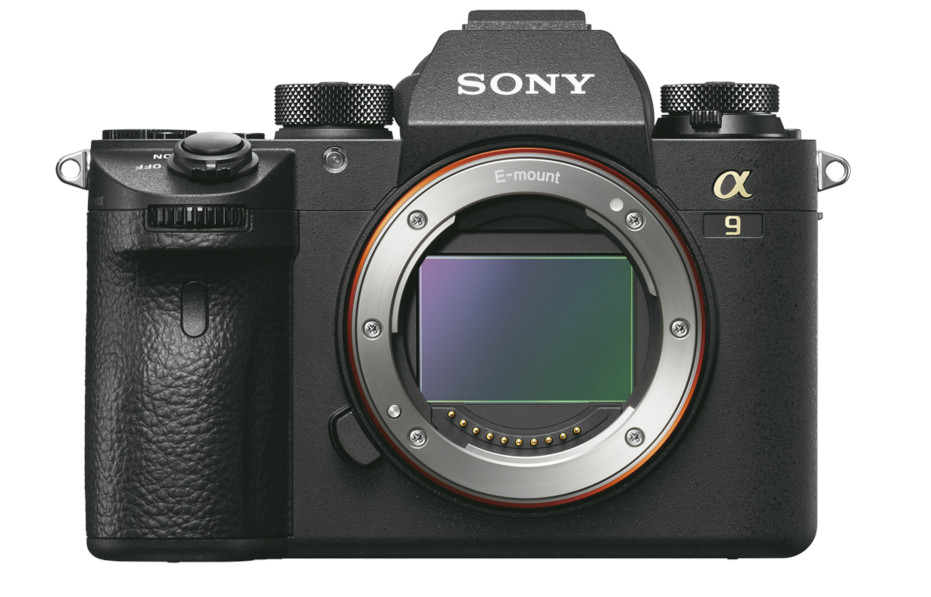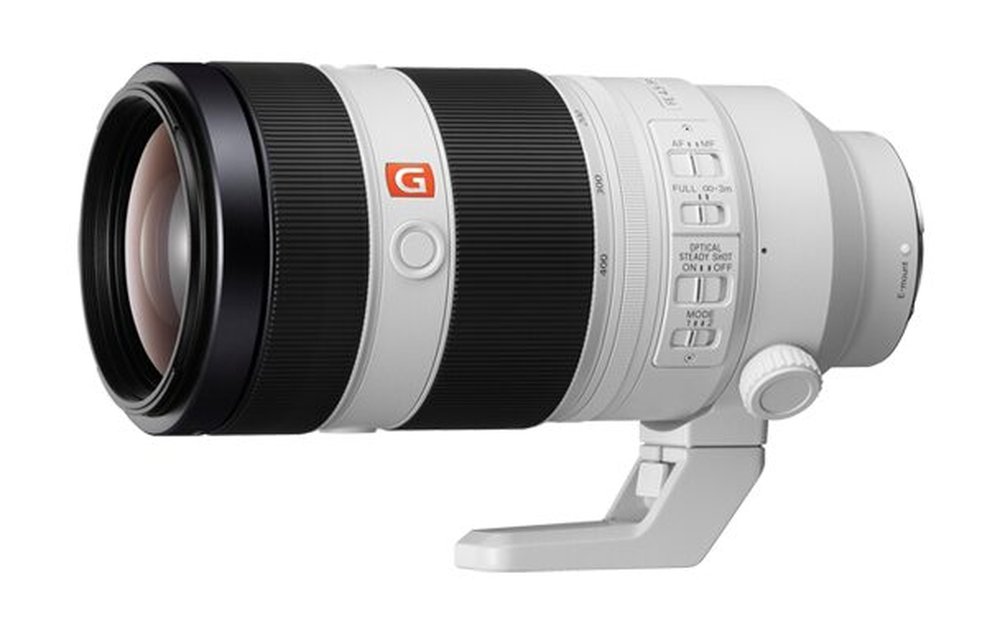A perfect catch
~ by Diinesh Kumble
PUBLISH DATE: July 12, 2019


Observe. Grasp. Evolve. Repeat.
It’s selective pressure of the lifestyle that shapes an animal, not the shape of the animal that dictates the lifestyle. For instance, the African Fish Eagle has its own story of evolution, its habitat and eating preferences. Their feet have rough soles equipped with powerful talons to enable the eagle to grasp slippery aquatic preys.
There is more to a bird than simply feathers. You only have to have a closer, a more detailed look at it.
Observing, or birding, to know your subject is the key to detail and freezing the truth of the moment. One fine day, on August 23, 2018, a boat ride to Lake Naivasha, Nakuru County, in Kenya, Africa got me to observe closely its vast density of African Fish Eagles.
Gather Insights before Capturing
Aconservation success and fishermen’s hotspot for their catch of the day, Lake Naivasha boasts over 300 species of birdlife and hippopotamus. It is a haven for photographers to gather insightsand manoeuver around for experiments.
To be able to catch as much, and as varied action as possible, it helps to know the most active hours of these eagles. It’s, in fact, interesting to know that the African Fish Eagles spend a lot of time perched than flying, and usually settle for the day by 10am. Although they will kill at any time of the day, having made their kill by 10am, they’re quiet the early birds, which means being ready before they begin preying increases your chances to get the ‘perfect catch’.
That particular morning was cloudy, with extremely low-light condition. As it improved later on, it became favourable for the eagles to identify their prey in the murky waters. The eagles would swoop down at breakneck speeds to grab their prey out of the water. The action is so rapid that if you blink, you miss it!
Swift as a bird’s flight
The human fascination with the need for speed and precision stands true to numerous inventions and times. It stands true even at the intersection of science and technology. Just as this African Fish Eagle, usually in pairs, stays perched on the trees for an eagle eye view, then spots, targets and swoops in at the right moment to go for the kill, so does the Super Telephoto Zoom 100-400mm G Master Lens, paired with Sony Alpha A9.
Now, these raptors are the perfect example of successful opportunists; no matter what the weight of their catch, they always get it home and get it right. If the fish is ten times the weight of their body, it catches it and drags it or paddles its way to the shore with its wing.
So is the case with the compact, lightweight and mobile SEL100400GM that has an innovative modular exterior construction. Made of magnesium components, it weighs only 1,395gm without a tripod mount! Its reduced weight and size only add to a photographer’s agility through improved portability and mobility.
While I prefer wildlife action shots at an angle that’s partially lateral to depict an angular, a more 3D effect, any fast action scene is a challenge for a photographer to freeze that decisive, split second. However, given the number of ways, the African Fish Eagles choose to prey and when two or more eagles take a dive, it difficult to select any one; it’s a chanced opportunity.
To track it all the way from its perch high above the waters swooping down at breakneck speeds in a dive to eventually when it hits the water surface and emerges with the fish in its talon, is a challenge. For these high on action scenes, the A9 Full Frame Mirrorless Camera, with the SEL100400GM lens, ensured that the eagle stays in the blackout-free viewfinder at any given point of time.
To capture an erratic action sequence, the combination of double linear motors and a direct drive SSM actuator eases your process with quick response, high accuracy and tenacious tracking.
In fact, a versatile and sharp coverage across 100mm to 400mm range renders an extraordinary resolution with a fast and precise autofocus in capturing distant action such as in this shot. For a professional demand, it exceeds the expectations with outstanding quality and immediacy.
It ensured that the focus is consistently locked-on continuous 20fps burst shots of the dive until it flew away with its catch, even in low ambient light conditions. Combined with the Sony A9 camera body, these lens features worked perfectly to the core.
The A9 and the Super Telephoto lens combination ensured that I didn’t miss any frame ‒ right from the actual sequence of the eagle’s swoop, its expanded talons hitting the water, grabbing the fish by its belly, and taking off with streaks of water droplets spraying all over ‒ it’s all etched in my memory and stored in my cards.

About Diinesh Kumble
Diinesh Kumble is a self-taught photographer who has lived most of his life in Bengaluru, India. He returned to his home town in 1994 after completing a Master's degree in Chemical Engineering from Texas A & M University, USA. Diinesh sta... Read more
Story Stats & Gear Used:
| Aperture | (4970854, 1000000) |
| Model | ILCE-9 |
| Focal Length | (4000, 10) |
| Exposure | (1, 2000) |
| ISO | 200 |
| Lens | FE 100-400mm F4.5-5.6 GM OSS |
ILCE-9
Sony Alpha 9 Full-frame Mirrorless camera - Made for professionals.
SEL100400GM
Premium G Master series super-telephoto zoom lens.



